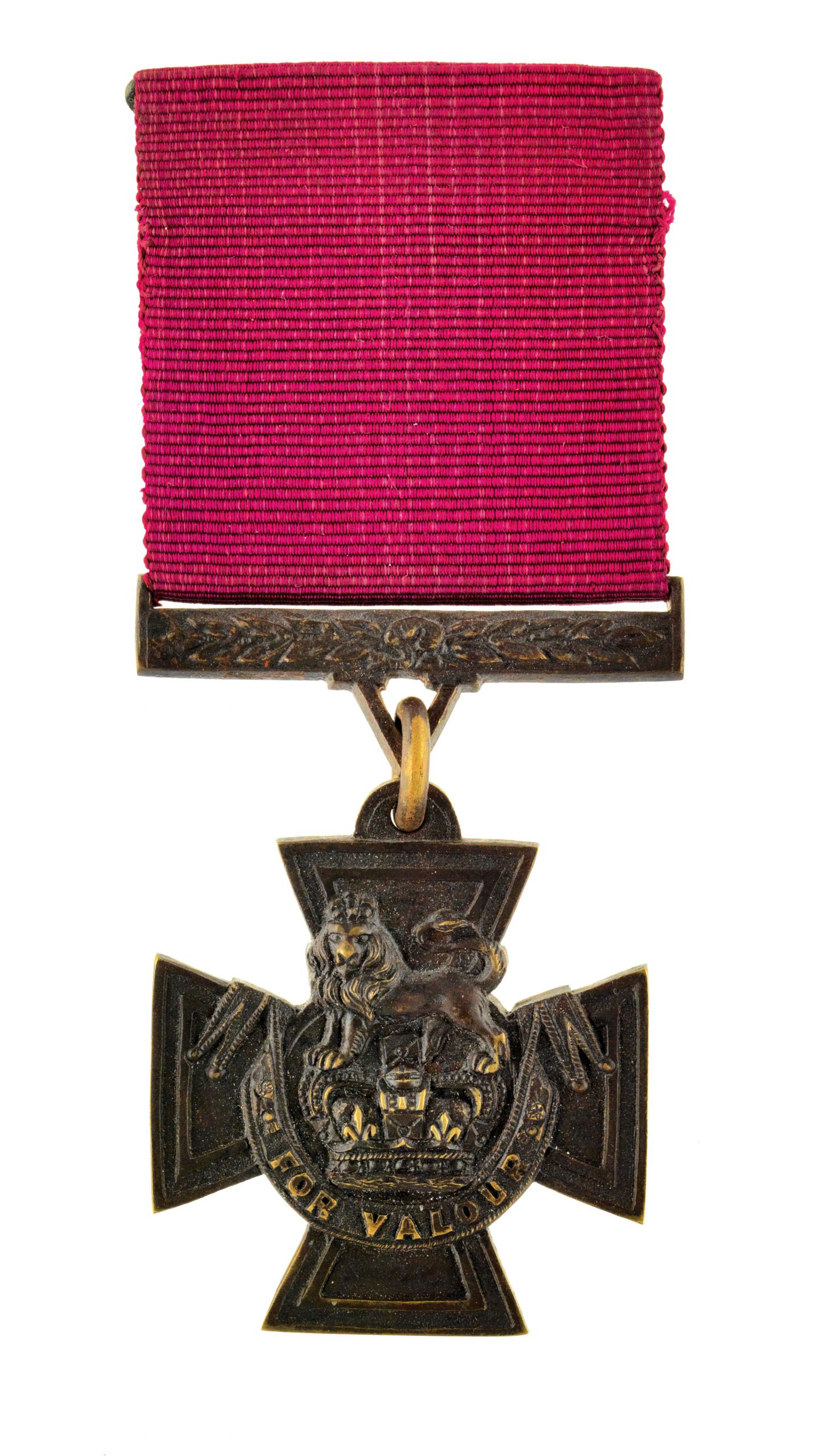On Sept. 2, 1918, Day 26 of the Hundred Days Offensive, the objective was to breach the Drocourt-Quéant Line, a heavily fortified German front stretching about 25 kilometres between the two towns in northern France.
Seven members of the Canadian Corps earned the Victoria Cross that day as they overran the line across a front of six kilometres and penetrated nearly 10 kilometres into enemy-held land.
Only one, Lieutenant-Colonel Cyrus Wesley Peck, had been born in Canada. Although he had been born in New Brunswick, he had been elected a member of Parliament for Skeena, B.C., while he was still serving overseas.

Lieutenant-Colonel Cyrus Wesley Peck, VC, DSO, 16th Battalion, leaves Buckingham Palace. [LAC/PA-A006720]
“With utter disregard of personal safety, he remained on the field.”
Two recipients came from the United States to join the Canadian Expeditionary Force and returned there after the war.

Corporal William Henry Metcalf, VC. [LAC/MIKAN 3357238]

Captain Bellenden Seymour Hutcheson, VC, of the Canadian Army Medical Corps. [Directorate of History and Heritage]

The Victoria Cross is the Commonwealth’s highest decoration for valour. [CANADIAN WAR MUSEUM—20110065-001]
Sergeant Arthur George Knight came to Canada from England in 1911. He led a grenade attack, then rushed forward alone, bayoneting several enemy and forcing a retreat. Spotting about 30 enemy taking shelter in a tunnel, he again forged ahead alone, killing three and capturing 20 more. Later still, “he routed, single-handed, another enemy party which was opposing the advance of his platoon,” reads his citation. He died of his wounds the next day.

Private Claude Joseph Patrick Nunney, VC.
Private Claude Joseph Patrick Nunney, who came to Canada as an orphan from Ireland, went ahead of his company on Sept. 1, encouraging men forward and helping repulse an enemy counterattack. The next day, he was severely wounded when again out front of his company, setting a fearless fighting example. He died of his wounds 16 days later.

Walter Leigh Rayfield,VC. [LAC/PA-3220268]

Sergeant Arthur George Knight, VC (left) and Private John Francis Young, VC. [LAC/PA-6724; Directorate of History and Heritage]
Advertisement




















